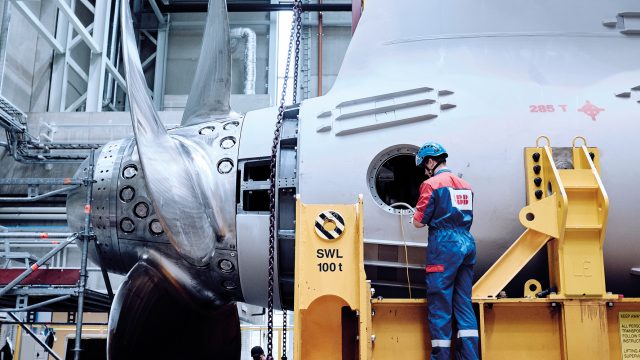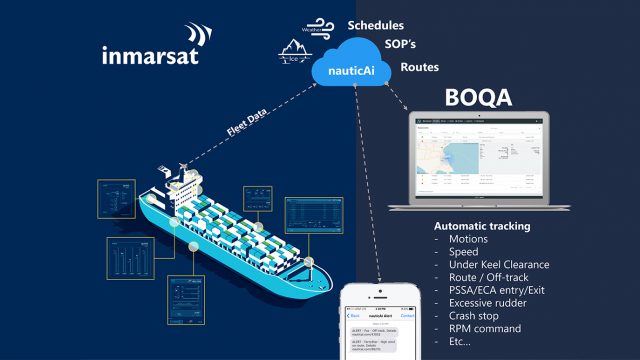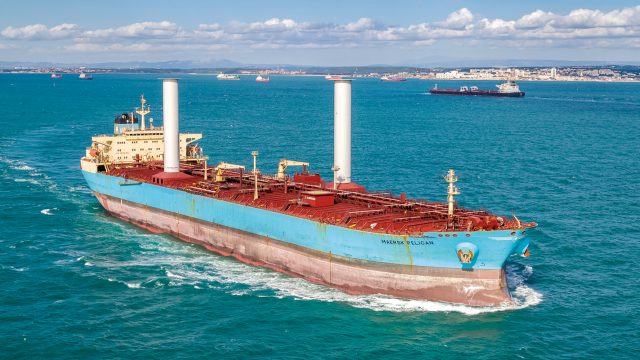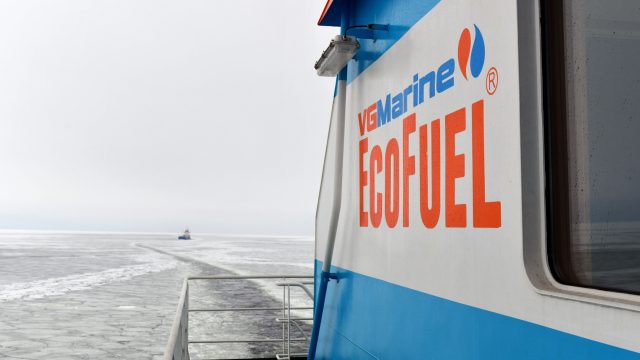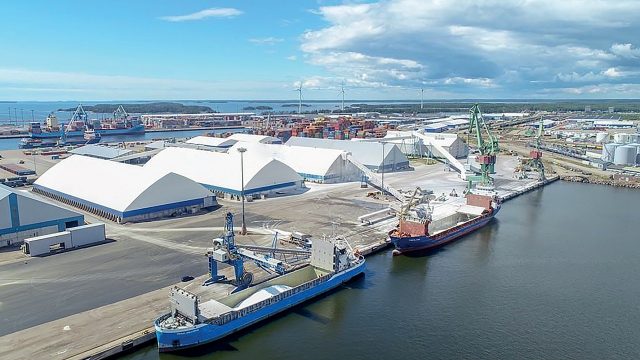He thinks that digitalisation in data-driven shipbuilding, with all its digital twins and automation, is without a doubt a trend that is here to stay.
“Ships require just as much design as industrial production units. Digital twins (that is, virtual models) of ships are becoming increasingly commonplace, as they make it easier to fit pipelines and other larger elements together,” says Rantala, describing the developments in 3D design that began back in the 1980s.
According to Rantala, the reason for digitalisation and automation’s triumph is clear: technology eliminates routine work and reduces the number of errors that end up in production and manufacture. Provided, of course, that they use data of sufficient quality.
Cadmatic and its software lie at the heart of shipbuilding, as it is exactly this type of 3D software that is able to check and minimise design flaws in advance. Good software improves information management, leads to higher-quality work, and reduces delivery times.
“Thanks to digitalisation, ships can already be designed and built almost without paper. Data is transferred straight from the designer’s desk to production and manufacture,” says Rantala, adding that Cadmatic is an extremely competitive partner and software provider both for shipbuilding design and for processing large volumes of data and data models.
“We support a very modern networked operating model in which dozens – and sometimes even hundreds – of networked companies and suppliers are responsible for a ship’s design and
construction,” he says.
Cadmatic’s position as the market leader in 3D design software and information management solutions is reflected in its customer base. Almost half of the world’s approximately 450 active shipyards use Cadmatic software.
“Our customers are shipyards and the design agencies that serve them, and to some extent also shipping companies. We employ about 230 people, half of whom are based in Finland. All of our software development is carried out in Finland or the Netherlands,” says Rantala.
Acquisition to round out design palette
Although some of Cadmatic’s major customers are cruise ship builders, the company’s future in shipbuilding is not dependent on the cruise business alone, says Jukka Rantala.
“We’ve been seeing slow signs of recovery in our cargo ship order book for some time now. That’s good for Cadmatic, as our software and tools work just as well in the design of all types of vessels.”
In 2019, Cadmatic acquired the software company Kymdata to round out its design palette. This start-up is based in Kotka and its products perfectly complement Cadmatic’s repertoire.
“This acquisition has brought us a great deal of added value, as Kymdata’s electricity and automation software is extremely competitive and rounds out Cadmatic’s product portfolio to encompass all the relevant areas, including for ships,” says Rantala, explaining the reason for the acquisition.
Cadmatic is owned by Elomatic (53%), Sampo and Mandatum Life (17%) and personnel (30%). In 2019, Cadmatic’s net sales rose to EUR 28.5 million from EUR 20.5 million in the previous year. More than 80 per cent of the company’s products are exported.
















